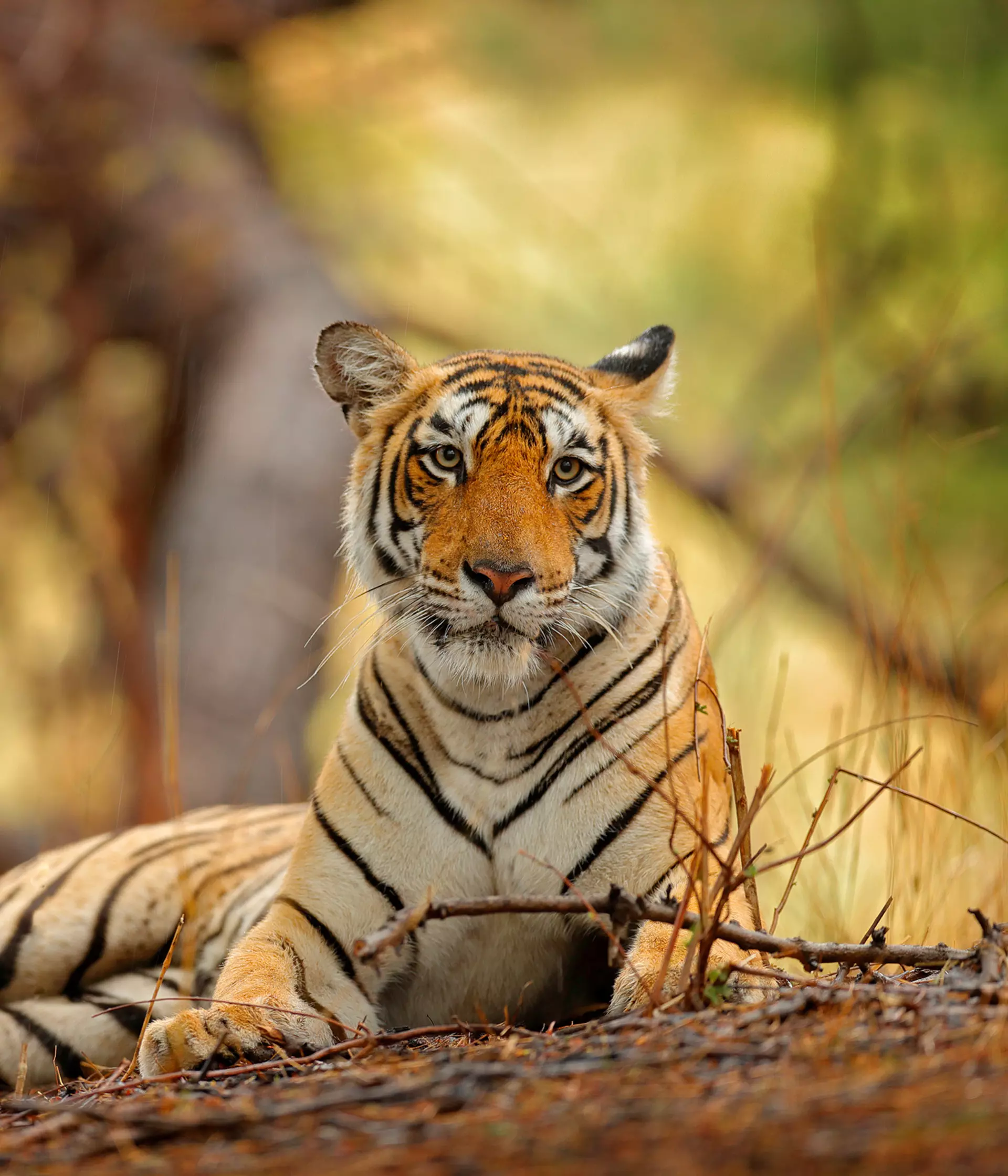The Living Planet Index (LPI) data tells us how species are faring, by measuring trends in monitored populations of vertebrate species. It is not a census of all wildlife, but reports the average percentage change in size of these populations monitored throughout the world.
The results of the global LPI are published biennially in WWF's Living Planet Report (LPR), a leading science-based publication on the state of the planet and associated challenges and solutions.
Living Planet Report

The results of the global Living Planet Index (LPI) are published biennially in WWF's Living Planet Report, a leading science-based publication on the state of the planet and associated challenges and solutions.
WWF’s LPR is produced in collaboration with ZSL and a number of other organisations, measuring human pressures and impacts on the planet.
Based on the largest dataset to date, the global LPI shows an average 73% decline in monitored wildlife populations between 1970 and 2020. Particularly stark declines are shown in the Latin America and Caribbean region (95%) and Africa (76%). The main drivers of wildlife population decline around the world are habitat degradation and loss, exploitation, the introduction of invasive species, pollution, climate change and disease. Human action may be the driving force behind these concerning statistics, but it also means that through human action we can restore nature.
In 2022, the world celebrated the passage of the new Global Biodiversity Framework (GBF) at COP15, a landmark agreement to halt and reverse biodiversity loss by 2030.
Two years on, and global leaders are due to meet again at COP16 in Colombia. They will need to present their national strategies and action plans showing how we will meet these commitments. These national strategies are vital for moving from ambitious promises to reality – and we must see a scaling up of action, a focus on solutions that work for nature, people, and climate, and intent to meet commitments to double international nature finance by next year.
The declines showcased in the LPR show the reality on the ground, and that we urgently need to scale up action to meet global biodiversity targets at all scales. There is no time for delay.
The Living Planet Index (LPI) is a measure of the state of global biological diversity based on population trends of vertebrate species from around the world. It does this in much the same way that a stock market index tracks the value of a set of shares or a retail price index tracks the cost of a basket of consumer goods.
The Living Planet Database
The Living Planet Database (LPD) currently holds time-series data for nearly 40,000 populations of more than 5,200 mammal, bird, fish, reptile, amphibian and butterfly species from around the world, which are gathered from a variety of sources such as journals, online databases and government reports. Using a method developed by ZSL and WWF, these species population trends are aggregated to produce indices of the state of biodiversity for communication and informing policy. The global dataset, which is continuously expanded, can be disaggregated to measure trends in different thematic areas, including changes in different taxonomic groups, looking at species trends at a national or regional level, identifying how different threats affect populations and providing an insight into how conservation intervention can promote species recoveries. Using machine learning, the index has also been used to show how populations may respond in future to different policy interventions to see what action is needed to bend the curve of biodiversity loss.
In recent years, new research has highlighted the sensitivity of the LPI to extreme declines and increases in populations, prompting discussions about how metrics such as the LPI can capture change in biodiversity without oversimplifying the state of biodiversity or masking underlying important trends. Conversations are also being had about ecological baselines to compare abundance change to, and what the LPI actually measures.
To help with making sense of the index and to highlight current discussions around it, there is more information available on how the LPI works, how to interpret its sensitivity to extreme changes and how it is calculated.
Help us protect global biodiversity by supporting our Back from the Brink appeal.
